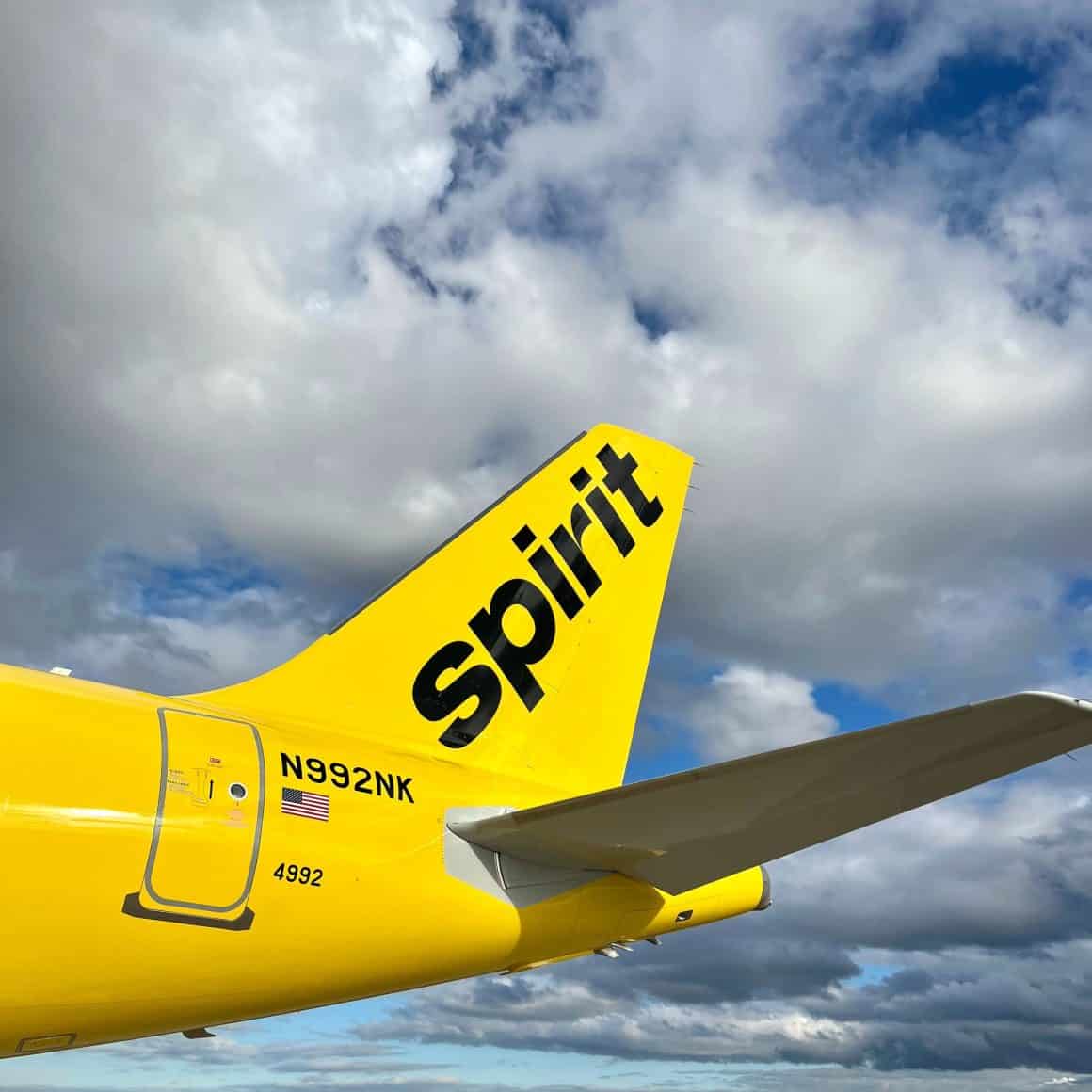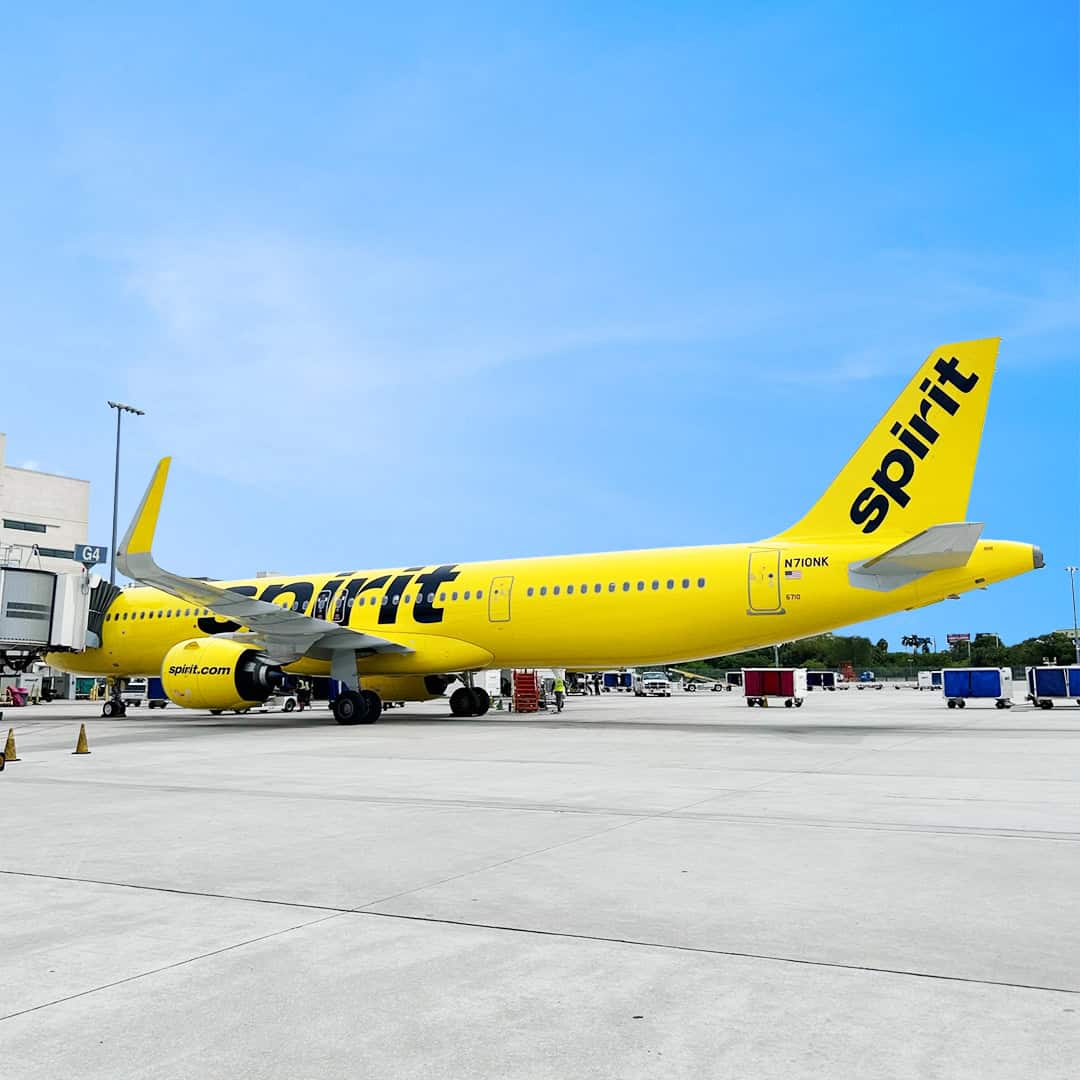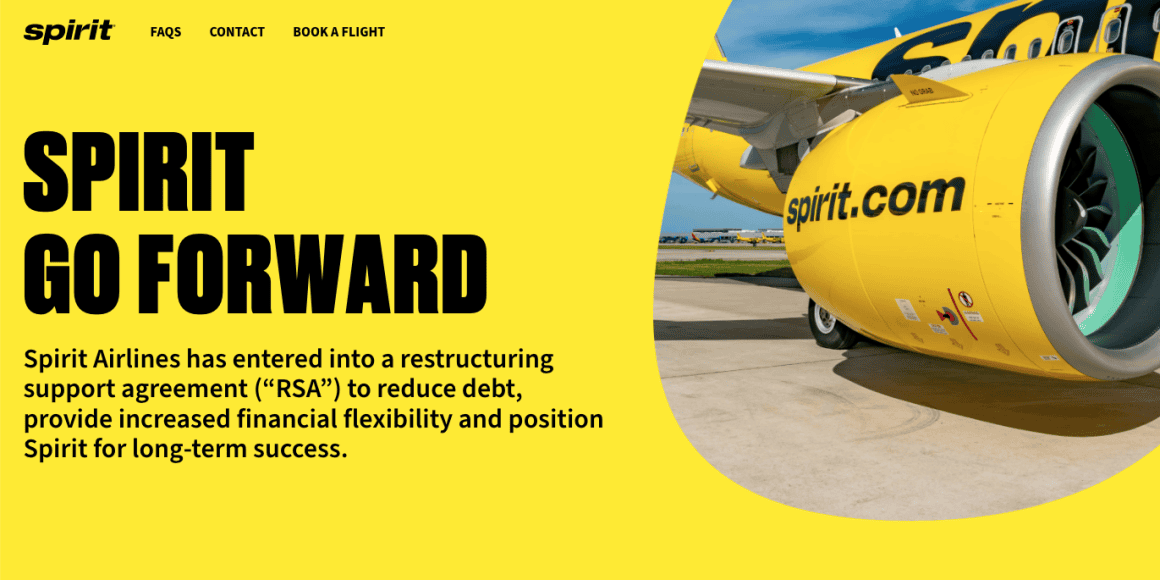Spirit Airlines, the Florida-based ultra-low-cost carrier, has officially filed for bankruptcy protection as it battles to restructure its finances.
Once celebrated for pioneering low fares with numerous add-on fees, the airline has struggled to keep up with industry challenges and mounting debt obligations.
Breaking Point: Debt, Rising Costs, and a Merger That Never Materialized

Spirit’s bankruptcy follows unsuccessful attempts to secure a merger with Frontier Airlines, which could have provided much-needed financial support. The two budget carriers initially announced plans to merge in 2022, but Spirit shareholders ultimately opted for a competing offer from JetBlue Airways.
However, a federal judge blocked the JetBlue deal earlier this year due to antitrust concerns, leaving Spirit without a strategic partner. A renewed attempt at merging with Frontier fell through in recent months, forcing Spirit to seek other means of financial survival.
Facing a $1.1 billion bond maturity deadline and higher-than-anticipated costs, Spirit turned to bankruptcy as a path forward. The airline has been working closely with most of its bondholders to devise a restructuring plan that would allow it to continue operations.
This plan, known as a “prearranged” chapter 11, would eliminate current shareholders’ equity in the airline. According to Spirit, the restructuring should not impact unsecured creditors, employees, or vendors, meaning customers with tickets and travel credits will not be affected.
Spirit Airlines put out the following statement following its bankruptcy declaration on Monday 18 November:
“Spirit has entered into an agreement with our bondholders that is expected to reduce our total debt, provide increased financial flexibility, position Spirit for long-term success and accelerate investments providing Guests with enhanced travel experiences and greater value. Part of this financial restructuring includes filing a “prearranged” chapter 11.”
Financial Pressure and Operating Losses

Spirit’s latest financial disclosures, submitted alongside the bankruptcy filing, paint a picture of an airline facing intense economic pressure. Higher operating costs, diminished profit margin, engine woes, and revenue losses were all cited as contributing factors.
Spirit reported that third-quarter revenue was $61 million lower than expected, partly due to the airline’s recent decision to eliminate fees for changes and cancellations. This shift, aimed at enhancing customer satisfaction, ended up limiting revenue streams that Spirit has historically relied on.
Spirit’s unique business model, which relies on ultra-low base fares with extra fees for everything beyond a basic seat, has been its defining characteristic and a significant revenue driver. However, as economic challenges rise and competitors adapt to similar pricing strategies, Spirit’s fee-driven model has become more challenging to sustain.
Efforts to Stabilize Finances: Reduced Growth and Asset Sales

To stabilize its finances before filing for bankruptcy, Spirit implemented several cost-cutting measures, including scaled-back growth plans, furloughing pilots, and the sale of some aircraft.
Just recently, Spirit finalized a $519 million sale of 23 planes to GA Telesis, providing short-term financial relief. However, these steps proved insufficient to address the looming debt deadlines, including the requirement to refinance bonds by a late December deadline with its credit card processing partner.
These measures underscore Spirit’s difficult position. While Spirit was once the darling of budget-conscious travelers, offering low fares with plenty of add-on options, the airline industry’s current financial climate has made it increasingly challenging for ultra-low-cost carriers to remain profitable.
Spirit’s growth potential has been limited by high operational costs and increased competition from larger airlines that have adopted similar pricing models, making Spirit’s market advantage less distinctive.
What Spirit’s Bankruptcy Means for the Low-Cost Airline Market

With Spirit now in bankruptcy, the impact on the U.S. low-cost airline market could be substantial. Spirit has stated its intent to continue operating flights throughout the restructuring process, and its agreements aim to protect existing ticket holders and employees.
As Spirit works through the restructuring, it may ultimately emerge as a leaner company with revised financial structures, potentially allowing it to compete more effectively in the long term.
For competitors like Frontier, Spirit’s bankruptcy presents an opportunity to strengthen its own position in the budget travel market without the potential challenge of a merged Spirit-Frontier entity. Meanwhile, other major U.S. airlines, such as Southwest and American Airlines, may benefit from less competitive pricing pressure from Spirit as it focuses on rebuilding.
The broader impact on customers, however, remains to be seen. While Spirit’s bankruptcy is not expected to impact flights, customers may find fewer ultra-low-cost options in the near term as Spirit reconsiders its pricing model and competitive approach. Depending on how Spirit emerges from restructuring, travelers could see changes in the range and availability of Spirit’s budget-friendly fare options.
According to Spirit, customers can use tickets, credits, and loyalty points as usual. In addition, the Free Spirit loyalty program, Saver$ Club perks, and credit card terms will all remain intact during bankruptcy.
Positioning Itself for Long-Term Success

Spirit’s fate is a byproduct of the challenges associated with ultra-low-cost air travel. While the model has provided immense value for budget-minded travelers, it leaves airlines particularly vulnerable to cost fluctuations and competition from both budget and legacy carriers.
If Spirit successfully completes the restructuring, it could demonstrate a path forward for other low-cost airlines facing similar financial challenges. However, if Spirit struggles to adapt, it may signal the need for a revised approach to ultra-low-cost air travel in the United States.
As Spirit moves forward, its restructuring will likely involve some tough decisions, not only on financial fronts but also on its overall business strategy. Spirit can recalibrate and establish a more resilient foundation by reexamining its approach to low-cost air travel.
In the meantime, its bankruptcy filing signals an uncertain period for Spirit Airlines that will redefine its role in the budget airline market. Spirit expects to complete the bankruptcy process during the first quarter of 2025.
Spirit Airlines encourages customers and shareholders to visit SpiritGoForward.com for the latest information.
